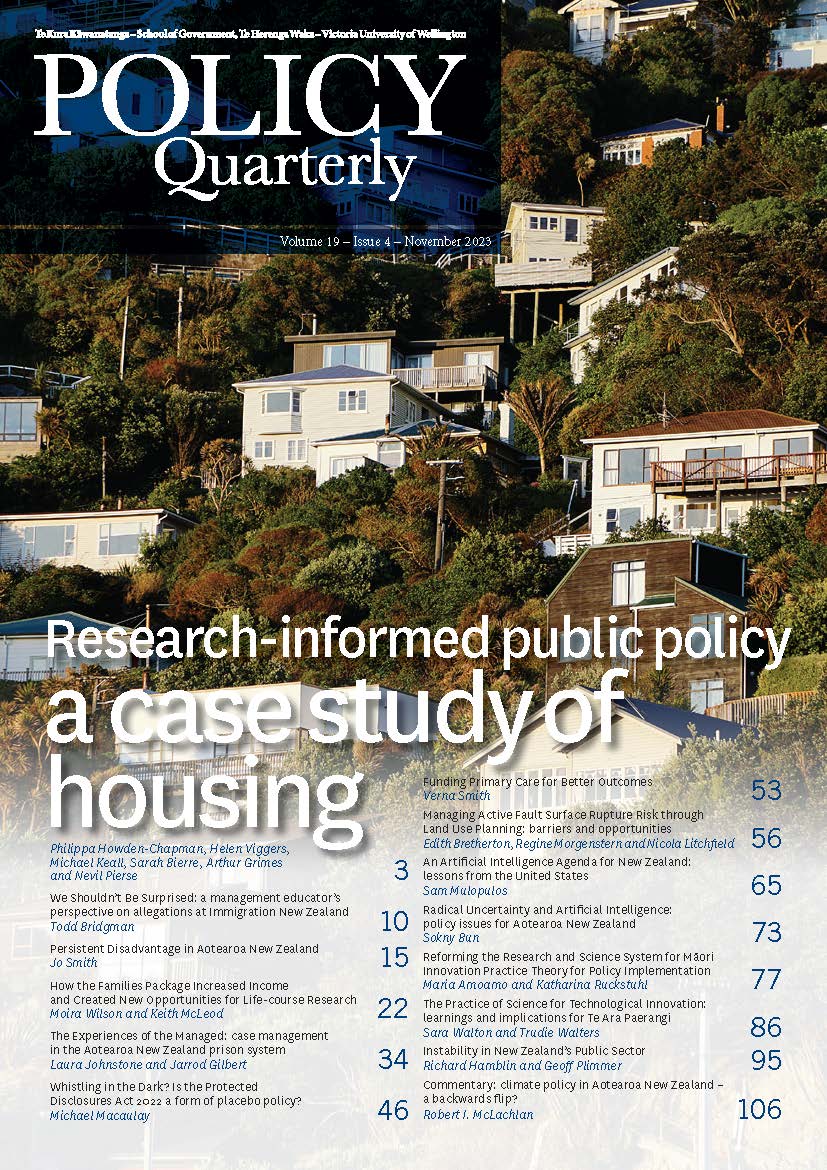Managing Active Fault Surface Rupture Risk through Land Use Planning:
barriers and opportunities
DOI:
https://doi.org/10.26686/pq.v19i4.8568Keywords:
Land use planning, Active fault, Surface rupture, Natural hazard, GuidanceAbstract
This article reflects on the management of active fault surface rupture hazard after the Canterbury and Kaikōura earthquakes. To understand mitigation barriers, interviews were conducted with planners and natural hazard risk specialists in selected districts with active faults, but without land use provisions. The interviews revealed issues with the interpretation and implementation of the Ministry for the Environment’s Active Fault Guidelines, Planning for Development of Land on or Close to Active Faults: a guideline to assist resource management planners in New Zealand. The purpose and intended use of the New Zealand Active Faults Database (NZAFD) is also explored.
Downloads
Downloads
Published
Issue
Section
License
Permission: In the interest of promoting debate and wider dissemination, the IGPS encourages use of all or part of the articles appearing in PQ, where there is no element of commercial gain. Appropriate acknowledgement of both author and source should be made in all cases. Please direct requests for permission to reprint articles from this publication to Policy-Quarterly@vuw.ac.nz.



